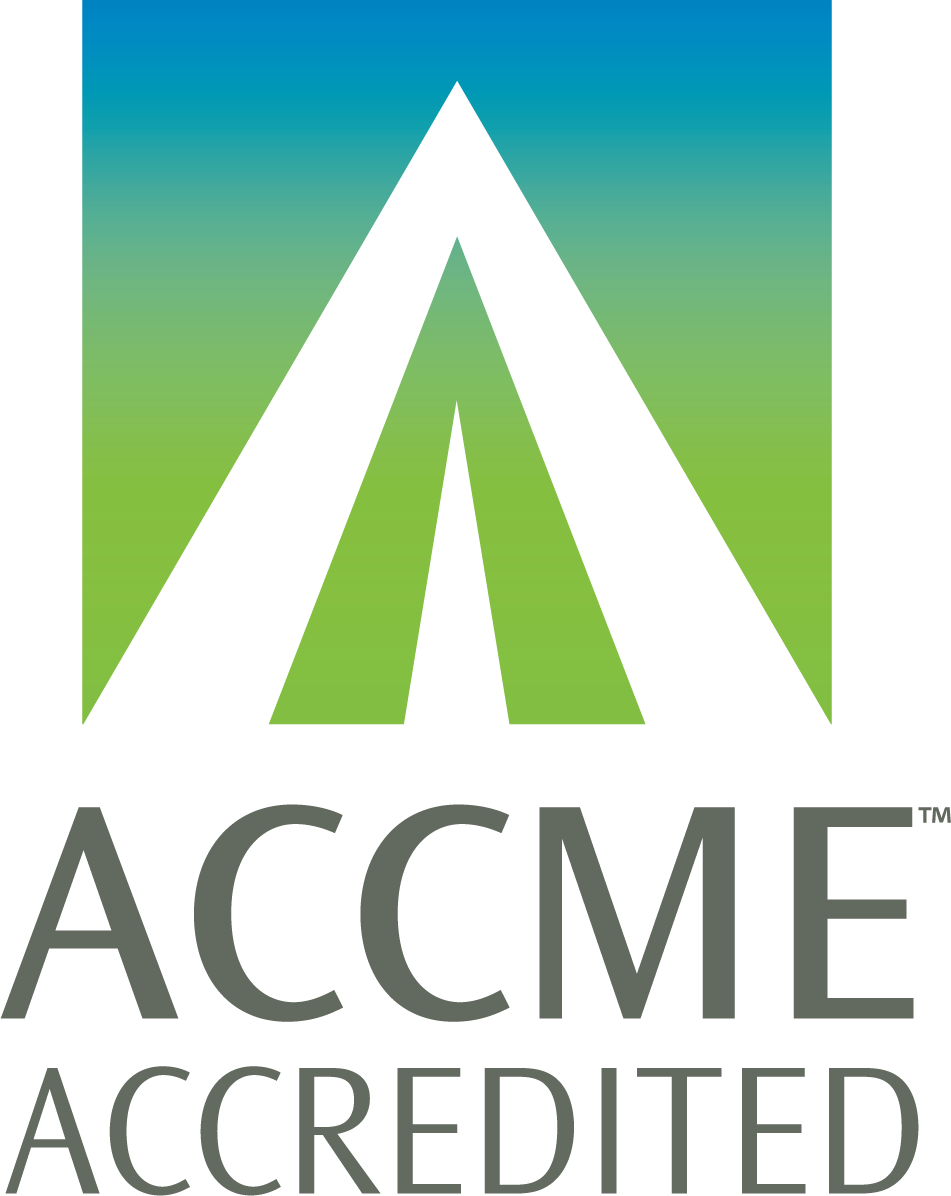Anesthesia for Internists
Justin S. Routman, MD and Jeffrey B. Dobyns, DO, MSHA, MSHQS, FASA
Based on the original module by Eric Nelson, DO, Leonard Feldman, MD, FACP, SFHM, and Kurt Pfeifer, MD, FACP, SFHM.
If you are a Program Director and would like to grant access to your trainees, please reach out to education@hospitalmedicine.org for an academic access code.
Summary
The goal of anesthesia is to facilitate a surgical procedure both for patient and surgeon. Not only does an anesthesia team relieve and prevent pain and anxiety due to surgical procedures, but it also expedites the conduct of procedures and optimizes surgical conditions by preventing patient movement and ensuring hemodynamic stability. While some procedures require a small amount of sedation, others require general anesthesia and/or regional anesthesia. This module discusses the basic types of surgical anesthesia as well as the indications and contraindications for each. Additionally, the most commonly used medications will be reviewed, including mechanism of action and side effects. An overview of the American Society of Anesthesiologists Physical Classification Status System is presented along with considerations that may prompt an anesthesiologist to delay or cancel a surgical procedure.
Learning Objectives
After completing the module, the participant will demonstrate the ability to:
- Define the basic forms of surgical anesthesia and when they are commonly used.
- Describe contraindications to each form of anesthesia (surgery- and patient-specific).
- Describe the most commonly used anesthetic drugs, their mechanisms of actions and side effects.
- Define the American Society of Anesthesiologists Physical Status Classification and its implications.
- Define the American Society of Anesthesiologists recommended NPO times prior to surgery.
- Identify issues that will prompt an anesthesiologist to cancel a surgery on the day of surgery.
Instructions
The following is an interactive educational module designed to help you gauge your basic knowledge of the topic and then direct you to areas you may need to focus on. It consists of several sections: an unaccredited pre-test, a study program, a post-test, and a CME evaluation. All sections must be completed to receive CME credit.
Additional Information
| Attachment | Size |
|---|---|
| 114.82 KB |
Authors
Justin S. Routman, MD
Jeffrey B. Dobyns, DO, MSHA, MSHQS, FASA
Editors
Leonard Feldman, MD, FACP, SFHM
Kurt Pfeifer, MD, FACP, SFHM
Disclosures
The faculty and planners of these activities have no relevant relationships to disclose unless denoted above. All relevant relationships were mitigated prior to the start of this activity.
Conflict of Interest Disclosure Policy
In accordance with the ACCME Standards for Commercial Support, SHM requires that individuals in a position to control the content of an educational activity disclose all relevant financial relationships with any commercial interest. SHM mitigates all conflicts of interest to ensure independence, objectivity, balance, and scientific rigor in all its educational programs. All relevant financial relationships shall be disclosed to participants prior to the start of the activity.
Furthermore, SHM seeks to verify that all scientific research referred to, reported, or used in a continuing medical education (CME) activity conforms to the generally accepted standards of experimental design, data collection, and analysis. SHM is committed to providing its learners with high-quality CME activities that promote improvements in healthcare and not those of a commercial interest.

Accreditation Statement
The Society of Hospital Medicine is accredited by the Accreditation Council for Continuing Medical Education (ACCME) to provide continuing medical education for physicians.
Credit Statement
The Society of Hospital Medicine designates this activity for a maximum of 2.00 AMA PRA Category 1 CreditsTM. Physicians should claim only credit commensurate with the extent of their participation in the activity.
Successful completion of this CME activity, which includes participation in the evaluation component, enables the participant to earn up to 2.00 MOC in the American Board of Internal Medicine's (ABIM) Maintenance of Certification (MOC) program. Participants will earn MOC points equivalent to the amount of CME credits claimed for the activity. It is the CME activity provider's responsibility to submit participant completion information to ACCME for the purpose of granting ABIM MOC credit.
Available Credit
- 2.00 ABIM MOC Self Evaluation PointsSuccessful completion of this CME activity, which includes participation in the evaluation component, enables the participant to earn up to 2.00 MOC points in the American Board of Internal Medicine's (ABIM) Maintenance of Certification (MOC) program. Participants will earn MOC points equivalent to the amount of CME credits claimed for the activity. It is the CME activity provider's responsibility to submit participant completion information to ACCME for the purpose of granting ABIM MOC credit.
- 2.00 CME - AMA PRA Category 1 Credit™
Price
![]()
The following is an interactive educational module designed to help you gauge your basic knowledge of the topic and then direct you to areas you may need to focus on. It consists of several sections: a pre-test, a study program, a post-test, and a CME evaluation. All sections must be completed to receive CME and MOC credit.
Click START to begin.
If you are a Program Director and would like to grant access to your trainees, please reach out to education@hospitalmedicine.org for an academic access code.

 Facebook
Facebook X
X LinkedIn
LinkedIn Forward
Forward